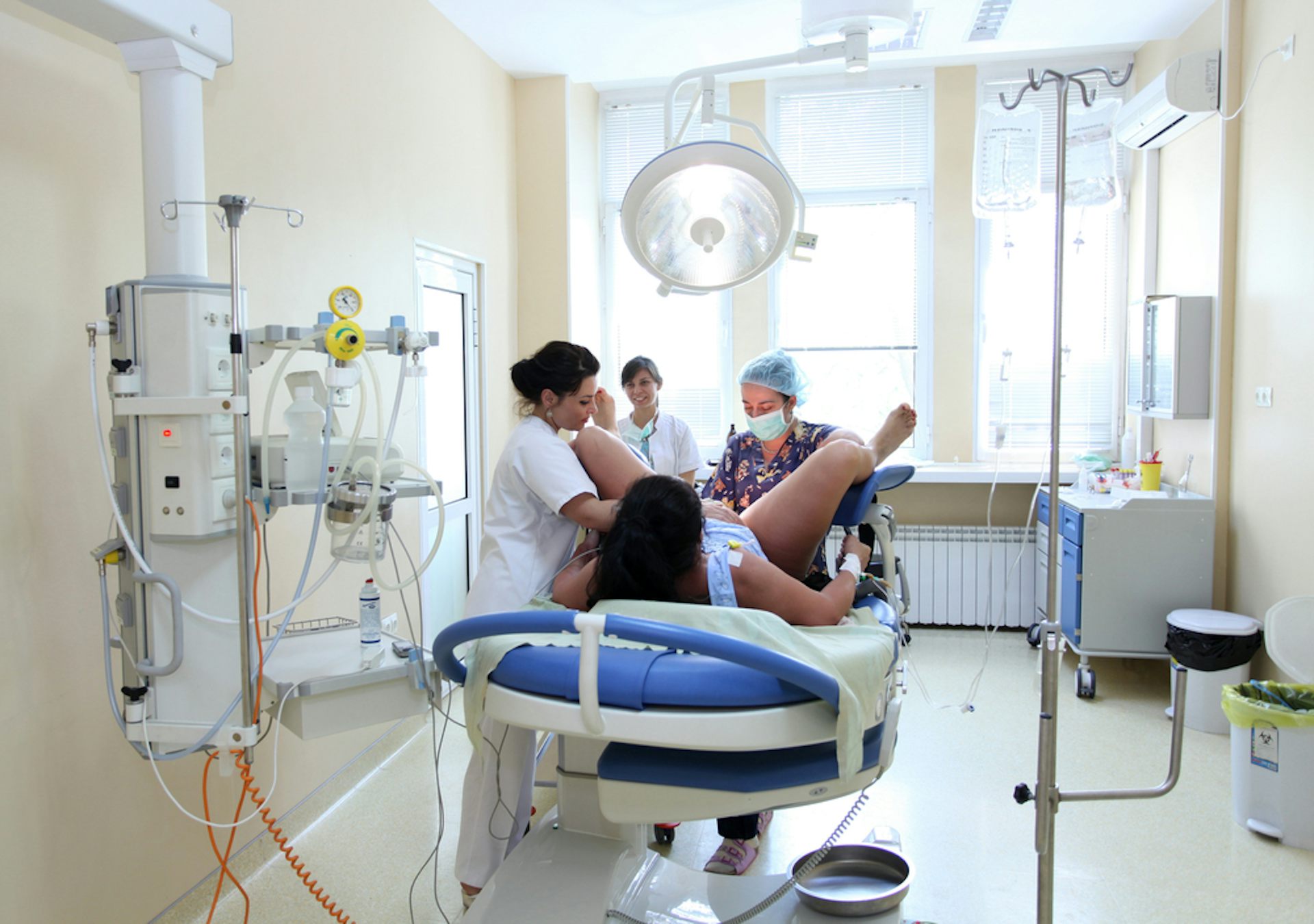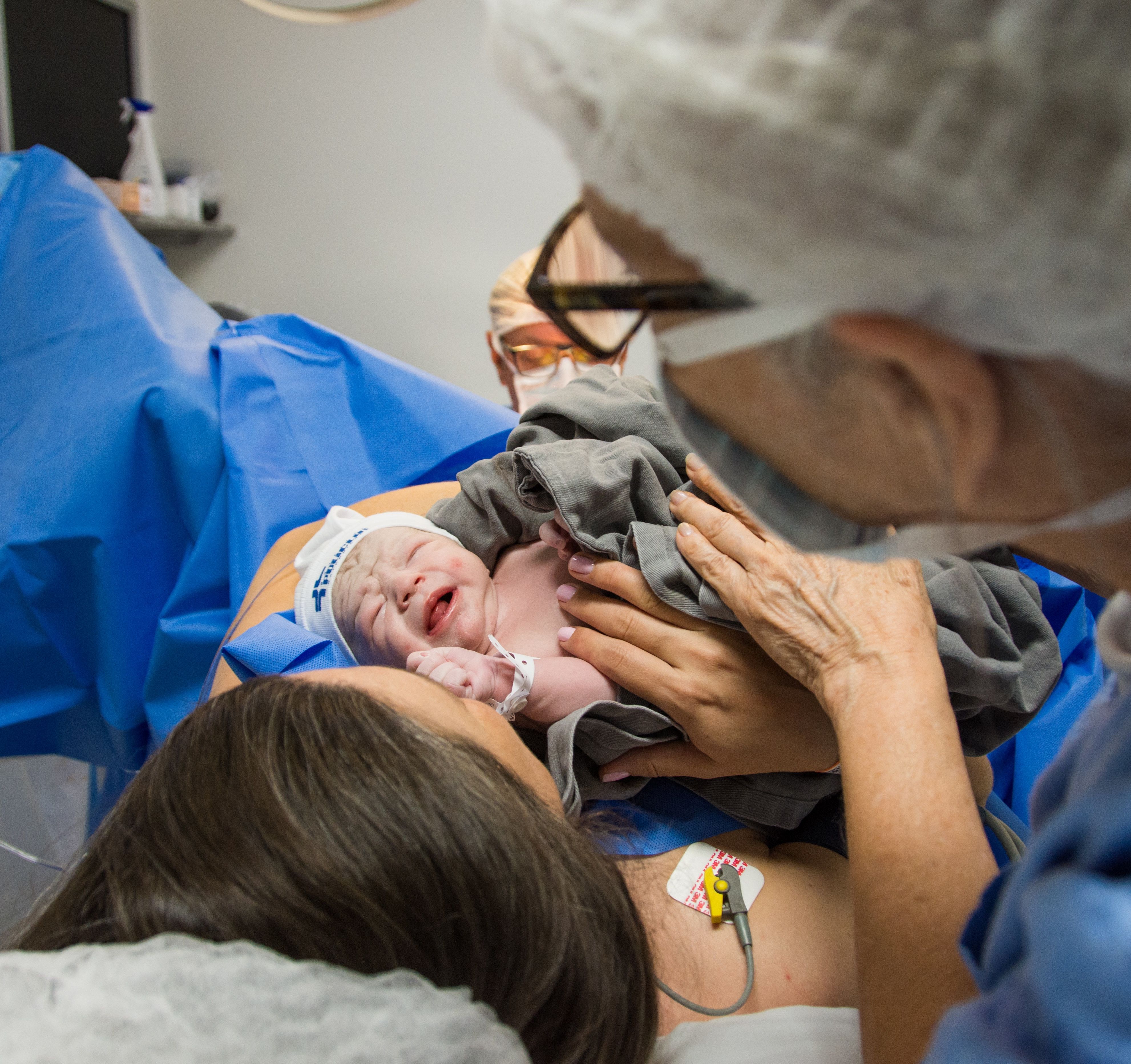
If you have a tear or an episiotomy, you'll probably need stitches to repair it. Dissolvable stitches are used, so you will not need to return to hospital to have them removed. there is a need for forceps or vacuum (ventouse), orĪround 1 in 7 deliveries in England involves an episiotomy.the baby is in distress and needs to be born quickly, or.The National Institute for Health and Care Excellence (NICE) recommends that an episiotomy might be done if: Up to 9 in 10 first-time mothers who have a vaginal birth will have some sort of tear, graze or episiotomy.
I give all my patients episiotomies skin#

Even the best data and analysis will never be able to capture the specific and unique needs of each individual or replace the thoughtful approach of a physician who knows her patient. Whether it relates to an episiotomy, changing cervical and breast cancer screening recommendations, or any other health matter, physician clinical behavior may be rewarded or punished both professionally and financially by a one-size-fits-all system designed to replace personalized patient care with standardized protocols.īut one size does not fit everyone in medicine. As a result, doctors are often pressured to follow evidence-based protocols and are given less latitude in clinical decision-making based on individual patients’ needs.

In the last decade, faced with increasing pressure to reduce rising health care costs, the medical industry has attempted to standardize and regulate care. These findings show that episiotomies reduce injury to the pelvic floor muscles behind the pubic bone and that a special type of episiotomy can prevent serious problems when there is a high risk of trauma to the anal sphincter. Today, doctors who perform them are frowned upon by colleagues, labor and delivery nurses, and patients, even when they are necessary.įor these reasons, I often ignored my own instincts, reluctantly reminding myself of the “evidence,” or apologetically explained to patients that I felt an episiotomy would be appropriate in certain instances where it made sense based on my observations of what was occurring at the perineum as the baby’s head crowned.īut the “evidence” is now changing, and it turns out that the initial theory experienced obstetricians advanced more than 80 years ago may have been correct.Ĭontrary to the previous research, new studies published in 2012 found that spontaneous lacerations - and not episiotomies - correlate with pelvic floor dysfunction five to 10 years after birth. Throughout the years, episiotomy rates became a standard performance measure for many obstetricians - the higher the rate, the lower the performance.

These findings concluded that spontaneous lacerations were smaller and healed just as well. As a result, physicians committed to practicing evidence-based medicine, myself included, abandoned the routine procedure and specifically avoided a certain type of episiotomy believed to prevent trauma to the anus. The procedure - an incision made in the perineum and vaginal wall to make room for the baby - was believed to minimize trauma to the perineum and reduce pelvic relaxation. Pelvic floor relaxation and dysfunction - conditions characterized by a feeling of pelvic heaviness, vaginal bulging, incomplete bowel or bladder emptying, and urinary or fecal incontinence - affect millions of women in the United States.īy the time I completed my training, new “evidence” linking episiotomies to increased incidences of perineal trauma began to surface in medical literature. When I began my obstetrics and gynecology residency training in the early 1980s, it was routine practice to perform an episiotomy during vaginal birth.


 0 kommentar(er)
0 kommentar(er)
